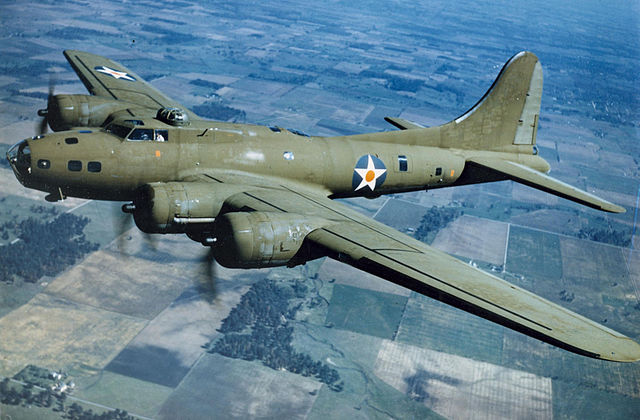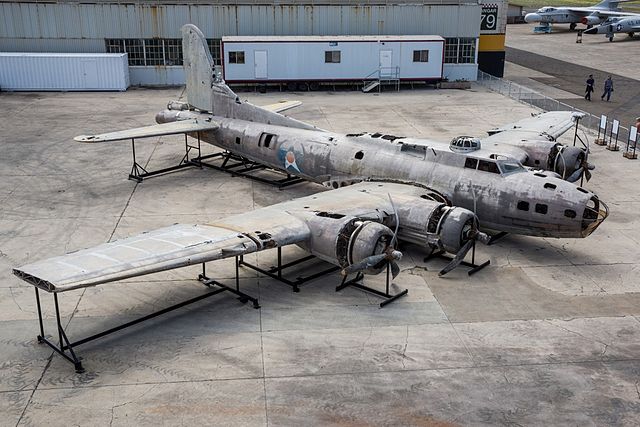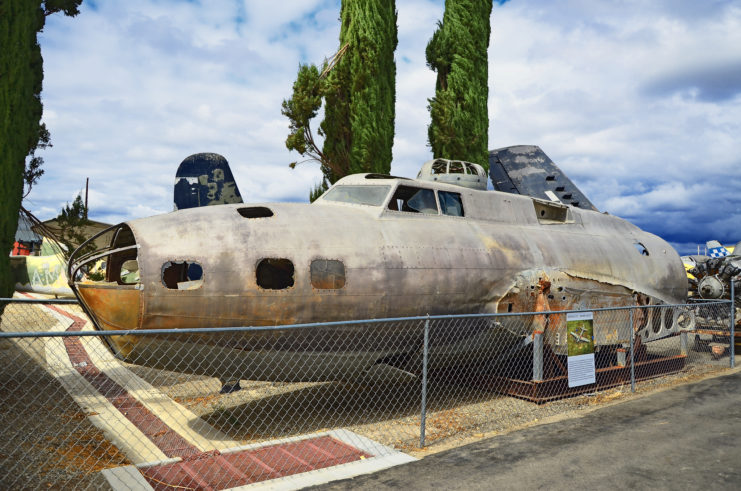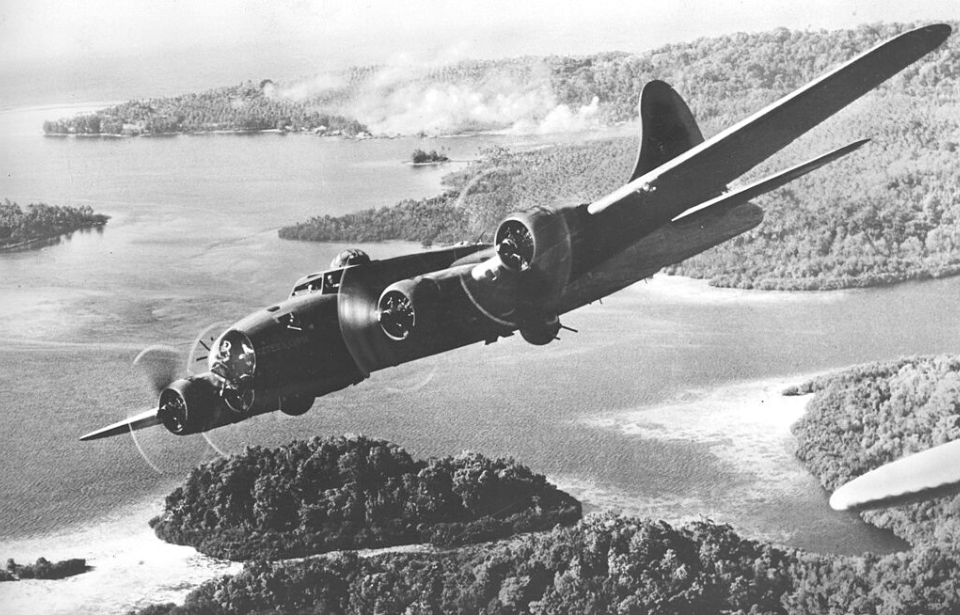While flying over Papua New Guinea in 1972, airmen from the Royal Australian Air Force spotted something strange in the swamplands below. The large object looked nothing like its surroundings, prompting them to vow to uncover whatever it was. After a long search through the complex swamp systems, they discovered what they’d seen: a wrecked aircraft, known to locals as the “Swamp Ghost.”
Shockingly, it was a Boeing B-17E Flying Fortress that had been forgotten by US forces for decades. However, it was what they found inside the downed aircraft that was even more surprising.
The crew survived a death-defying crash

On February, 23, 1942, a few months after the attack on Pearl Harbor, the B-17E Flying Fortress, piloted by Capt. Frederick C. Eaton Jr., was hit while flying over Rabaul, Papua New Guinea, which had been invaded by Japan. The aircraft’s wing was damaged and fuel was leaking out of the hull too quickly for the crew to make it back to the capital city of Port Morseby.
Capt. Eaton opted for a crash landing in what he thought was a wheat field. The crew survived, but they weren’t in a wheat field. They’d actually landed in a swamp crawling with vicious crocodiles. Somehow, they made it out alive and were found by villagers who took them in and treated them for malaria. They were nursed back to health and returned to serve for the remainder of the Second World War.
The legend of the “Swamp Ghost”

After the crash, neither the crew of the B-17E nor the US Air Force tried to retrieve the heavy bomber. It remained in the swamp, where it was visited by villagers. Soon, it became somewhat of a holy site, as mysterious things happened to those who dared explore the wreckage.
According to legend, some who ventured toward the aircraft never returned, while others contracted malaria and suffered from cognitive issues. This led locals to keep a distance and worship the area as a sacred place, to keep themselves safe from the strange phenomena.
Following the war, Papua New Guinea became a popular destination for relic hunters looking for downed aircraft, old guns and infrastructure, and other artifacts the jungle had swallowed up. The “Swamp Ghost” quickly became one of the main attractions.
Salvagers spotted the B-17E Flying Fortress in the jungle

When the B-17E was spotted in 1972 by the Australian airmen, they were astounded by what they’d found. The wreck was in amazing condition, and they even found thermoses filled with coffee that had been poured by the original crew!
In the 1980s, after hearing about the discovery, renowned aircraft salvager Fred Hagan and his partner, David Tallichet, set out to find the wreck and salvage it. They were shocked to see the “Swamp Ghost” was in such good condition, and while the majority of the weapons and mechanics had been stripped by locals, the interior was still remarkable.
Hagan and Tallichet began the process of reconstructing the heavy bomber to make it sturdy enough to be moved. However, setbacks delayed the project for years. Finally, in 2006, the salvage mission was complete, minus one additional setback: locals didn’t want it removed. Eventually, after a ceremony to appease the spirits of the swamp, the aircraft was permitted to leave its resting place for the first time in 65 years.
Where is the “Swamp Ghost” now?
More from us: The Douglas SBD Dauntless Changed the Course of the Second World War In a Single Day
Once it was fully restored, the “Swamp Ghost” was put on display at a ceremony in Long Beach, California that was attended by many family members of the original crew. It has since been permanently moved to the Pearl Harbor Aviation Museum in Hawaii, where it’s undergoing restoration.
